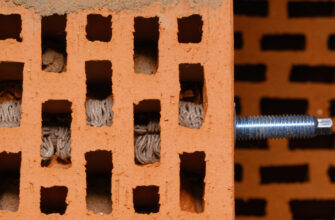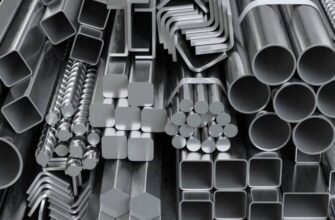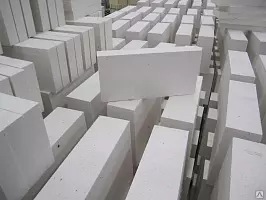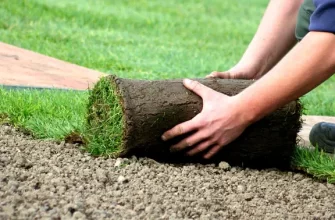Only those floor coverings are suitable for underfloor heating, which will not be damaged by temperature and will not hold back heat. Ceramic and stone tiles work best.. What materials are better not to use? 
What kind of floor covering is suitable for a warm floor?
If you want to, so that purchased in the online store https://letorf.ru/ underfloor heating performed its function well, for the topcoat, a material with a high coefficient of thermal conductivity and high thermal inertia should be chosen. It is best to opt for ceramics or stone.
note! Tile floors have the added benefit – the ability to lay thin cables or heating mats in a layer of adhesive, fixing floor material. As a result, the heat path will be shorter., than when its source is in the screed.
Another good option for a warm floor – PVC floor coverings (vinyl tiles), due to its subtlety (from 0,8 to 4,5 mm) they transfer heat to rooms better, than wood and laminated panels. They are flexible, therefore can withstand expansion and contraction, caused by temperature changes. However, only those, manufacturers of which allow the use of their material for underfloor heating.
Wooden floor – is it suitable for underfloor heating?
Wood does not tolerate temperature extremes and conducts heat much worse than ceramics (tile thickness 1 cm has thermal conductivity 105 W /(m · K), and the oak wood is thick 0,8 cm, total W /(m · K)), but you can still lay a wooden floor on a warm base. When choosing such a solution, you need to choose the right type of tree and type of elements.. It is best to choose wood with a low shrinkage coefficient and a long time to reach hygroscopic balance., eg:
- oak;
- iroko;
- merbau;
- tick.
Which floors are not suitable for underfloor heating?
Do not lay wood with a high shrinkage factor., it changes size greatly under the influence of temperature and humidity changes (eg, beech). Medium shrinkage wood should also be avoided., such as ash.
In addition to the wood species, the construction of wooden elements is important. Multilayer materials are better than massive ones. However, when choosing, you need to check, Does the manufacturer recommend its product for underfloor heating. Otherwise, frequent temperature changes can lead to delamination of the material..
Since wood does not conduct heat very well, the floor should not be too thick. Maximum thickness 1,5 cm. Using a thicker material will not only increase heating costs, but will also reduce the relative humidity above the floor to 25% and will lead to the formation of wide gaps in the floor.
The best way to protect wood, placed on a heated floor, – this oiling, which does not glue the edges of wooden elements. It is better to refuse varnishing, after all, on the working floor, the varnish can crack and emphasize the gaps.
Can I use a laminate with a warm floor?
Laminate panels can also be installed on underfloor heating. However, only those, whose manufacturer authorizes such use. It is best to choose panels with latches, edges which do not need to be glued. As a result, the floor is better able to withstand dimensional changes., caused by temperature fluctuations. The panels should be glued to the substrate with their entire surface. Then they will transfer heat better.







